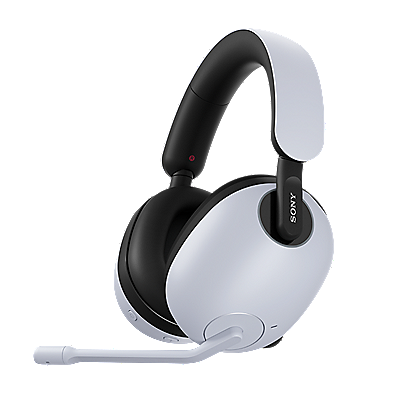How to go back to a previous version of Windows after Windows 10 has been installed.
Microsoft has included a Go Back feature that will give you a 31 day window to go back to the previous version of windows or previous build of windows.
IMPORTANT:
- The computer must be plugged in. The procedure may fail if the computer is running on battery power.
- If you ran into a low disk space scenario, and used an external USB storage to complete the original upgrade to Windows 10, you will need the same USB storage device to perform the Go back procedure. The required .old files will live on that external USB device.
- You will need the original password used for the old operating system.
- Any applications installed (or removed) after the Windows 10 upgrade will need to be re-installed.
- Some modern apps may not perform correctly (Long display names, broken live tiles, crashing, etc.)
- Any system or settings changes made to the computer after the Windows 10 upgrade will be lost.
NOTE: After the 31 day window has passed, the Go Back feature will no longer appear in the Update & Security screen.
- Click the Start button, and in the Start Menu, click Settings.
- In the Settings window, click Update & Security.
- In the Update & Security window, in the left column, click Recovery.
- In the Recovery screen, under the Go back to..., click the Get Started button.
NOTES:
- What is displayed after Go back to... will depend on the operating system you were using at the time of the upgrade.
- If you had installed a Technical Preview of the Windows 10 operating system and were then updated to the release version of Windows 10, you may only be presented with the option to go back to a previous Technical Preview build.
- In the Why are you going back? window, select one of the boxes or enter your comment to why your going back to previous build and click the Next button.
- In the What you need to know screen, click the Next button.
- In the Don't get locked out screen, click the Next button.
- In the Thanks for trying Windows 10 screen, click Go back to... to start the go back process. This is the last screen to be able to cancel the process.
IMPORTANT: The Go back feature can fail if one or more of the following is true:
- The computer is running on battery. The computer must be plugged in.
- A Refresh procedure has been performed.
- A Reset procedure has been performed.
- The Disk Cleanup (windows.old or .~bt) directory has been edited.
- Files have been manually deleted from windows.old or .~bt directories, or the entire directories have been deleted.
- A new user account has been added (promoting local account to a Microsoft Account not included).





















